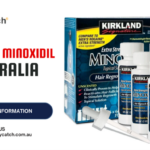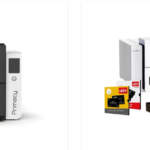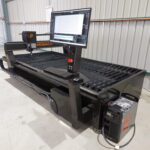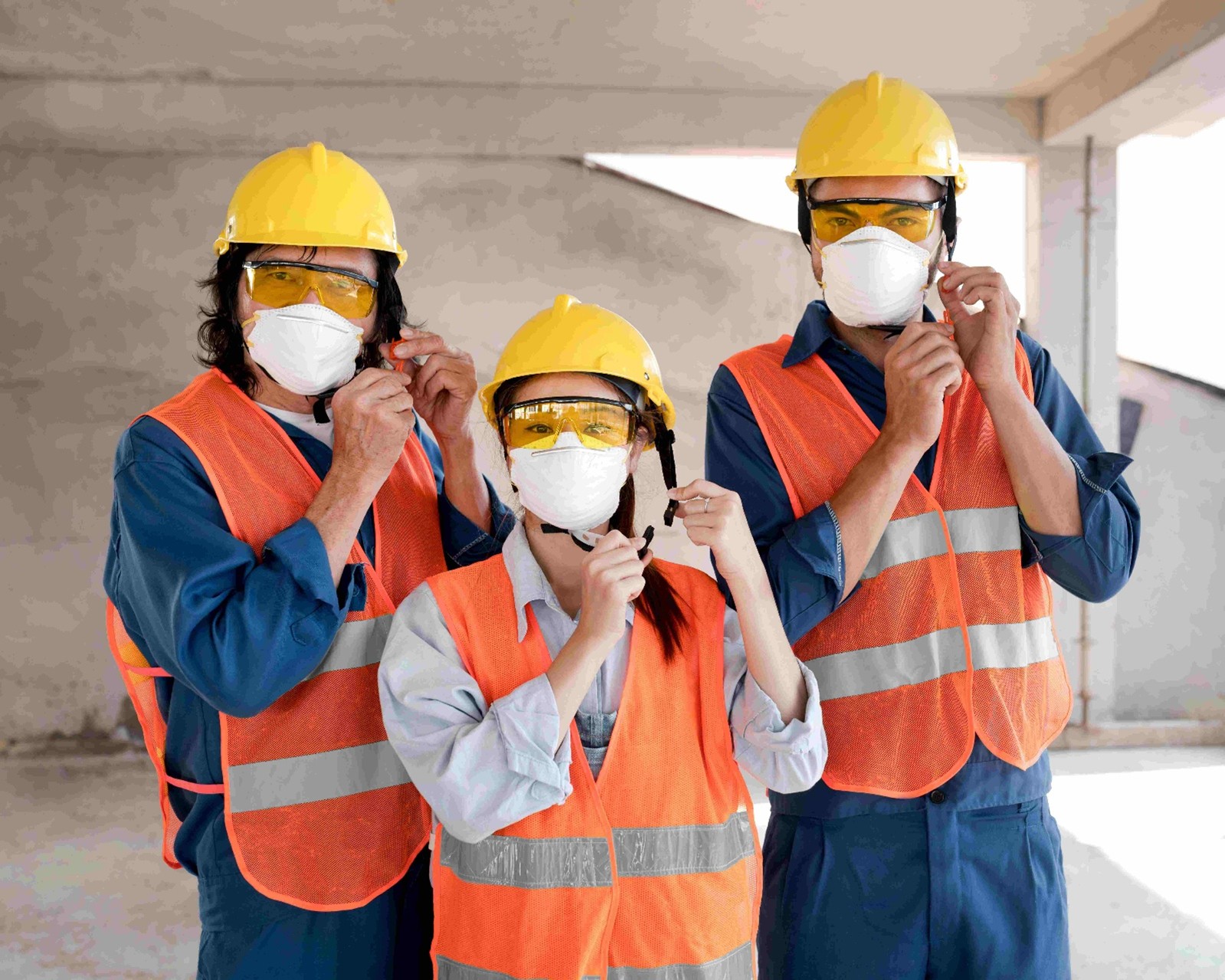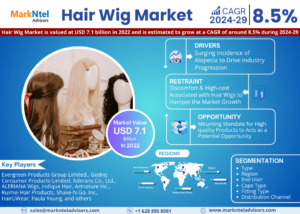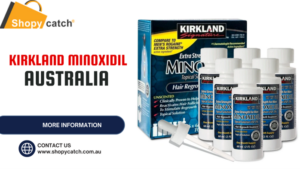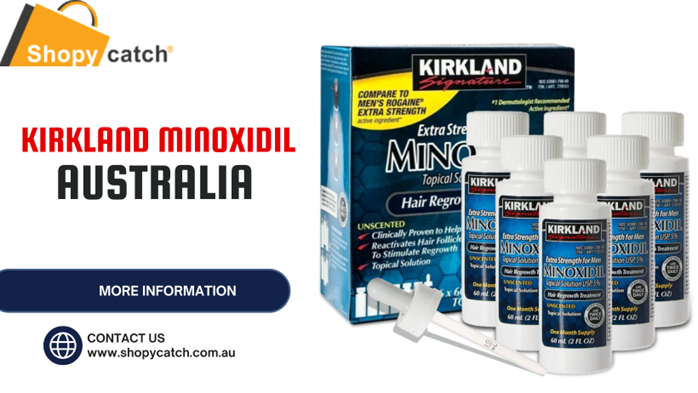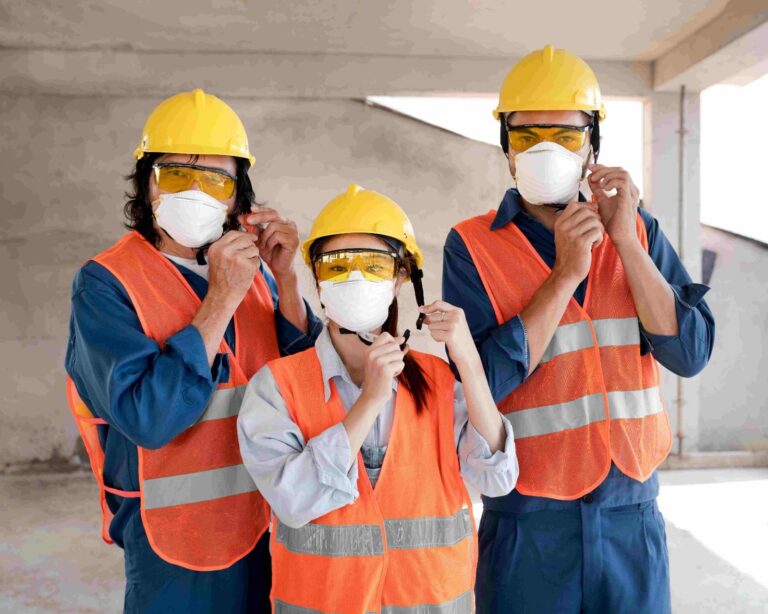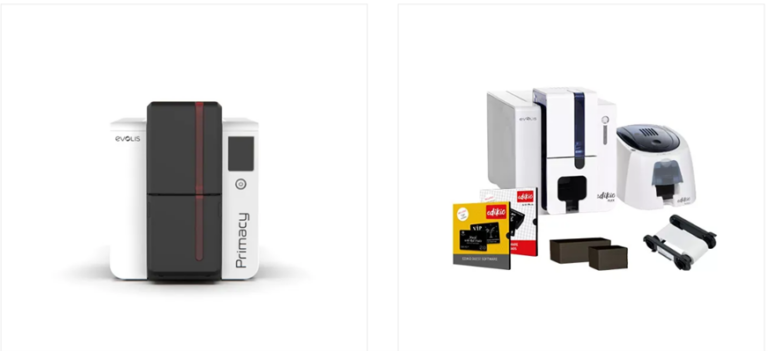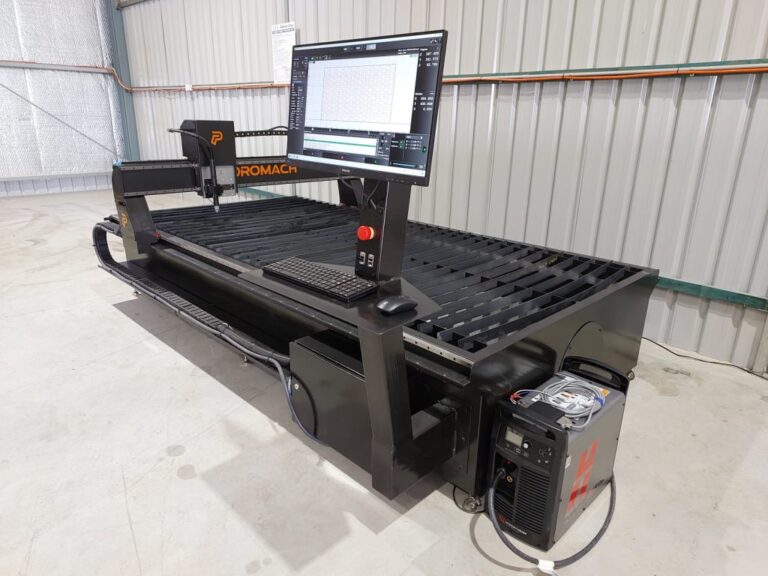The Evolution of Hi Vis Clothing: From Simple Safety Vests to Smart Workwear
We see it on construction sites, roadsides, and warehouses across the country—those bold, fluorescent garments that make workers stand out like beacons. But hi vis clothing is more than just bright colors and reflective tape. It’s a story of innovation, regulation, and care for worker safety. From its humble beginnings to today’s high-tech designs, high visibility clothing has evolved dramatically to meet the demands of modern workplaces.
So, how did we get here? Let’s take a closer look at the journey of high visibility workwear, and how companies like Entire Workwear are leading the way with durable, compliant, and comfortable options for all industries.
The Origins of Hi Vis Clothing: A Simple Yet Life-Saving Idea
The concept of hi vis clothing first emerged in the mid-20th century. In 1964, the British Railways Board ran an experimental trial in Glasgow, where maintenance workers wore bright orange vests with reflective stripes. The idea was simple—if you can see someone clearly, especially in low light, you can avoid hitting them with a train. That trial was a success, and the concept took off.
Soon, other industries began to recognize the importance of visibility. Road workers, airport ground crews, and emergency responders adopted similar garments. What started as a safety vest quickly became a vital part of occupational health and safety in high-risk environments.
In Australia, the demand for high visibility clothing grew alongside expanding infrastructure projects. With so many workers exposed to road traffic, heavy machinery, and industrial sites, visibility wasn’t just helpful—it was essential.
Regulation and Refinement: When Hi Vis Became Standard
As awareness of workplace safety grew, so did the regulations surrounding high visibility workwear. Australia introduced specific standards (like AS/NZS 4602.1:2011) that outlined everything from color brightness to placement of reflective tape. These standards helped create consistency, ensuring workers could be seen from a distance and in varying light conditions.
By this point, hi vis clothing had expanded well beyond vests. Shirts, jackets, pants, coveralls, and even hats were being designed to meet these regulations. Garments were adapted for different roles—rail workers needed one type of visibility, while road workers needed another. Weather conditions were also taken into account, with waterproof, UV-resistant, and breathable fabrics entering the market.
And while safety was always the top priority, comfort was no longer an afterthought. Workers needed to move freely, stay cool in the heat, and feel good in what they wore. That’s when high visibility workwear really began to evolve.
Hi Vis Today: Smarter, Stronger, and Designed for the Job
Fast forward to today, and hi vis clothing has never been more advanced. Performance fabrics have revolutionized comfort and functionality. Think moisture-wicking materials, stretch panels for flexibility, and mesh ventilation for breathability—all while staying compliant with visibility regulations.
But the biggest shift? Hi vis is finally being designed with the worker in mind. At Entire Workwear, this is front and center. Their collection of high visibility clothing doesn’t just meet industry standards—it exceeds expectations for durability, style, and performance.
From light summer polos to insulated winter jackets, Entire Workwear’s range covers all climates and job types. Their gear is tough enough to handle long hours in demanding environments, but comfortable enough that you’ll actually want to wear it. Plus, with options for men and women, the fit is better than ever.
The Future of Hi Vis: Technology Takes the Lead
What’s next for hi vis clothing? The answer lies in smart technology. We’re already seeing garments that integrate LED lights, GPS trackers, and biometric sensors. Imagine a jacket that can alert a supervisor if a worker collapses, or a vest that can track location in real-time on a construction site.
These innovations are still emerging, but they’re pointing to a future where workwear becomes part of a larger safety system—not just something you wear, but something that actively protects you. It’s a huge leap from the simple orange vests of the 1960s, and one that could save even more lives in high-risk environments.
Why Entire Workwear is the Trusted Choice for Hi Vis Clothing
In a crowded market, it’s easy to grab the cheapest gear and hope it holds up. But for those who value quality, compliance, and comfort, Entire Workwear stands out. Their expertise in clothing means they only stock garments that pass strict Australian standards and perform in real-world conditions.
Whether you’re a solo tradie, outfitting a team, or managing site-wide procurement, Entire Workwear has the range and reliability to get you sorted. Their commitment to safety and comfort is clear in every product they sell.
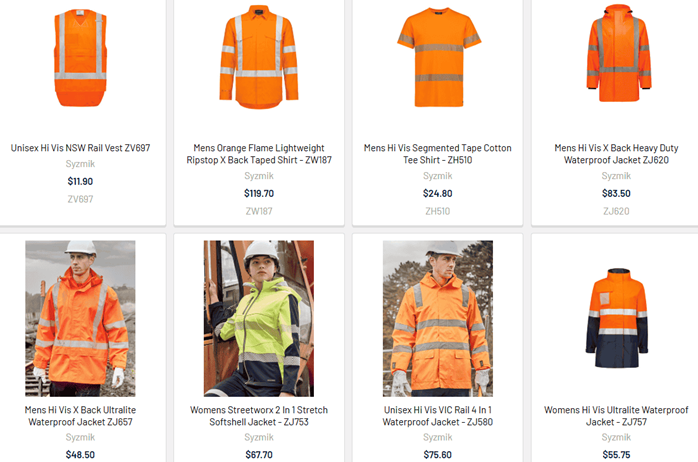
Final Thoughts
Hi vis clothing isn’t just part of the uniform—it’s a critical tool for staying safe, seen, and supported on the job. What started as a simple safety idea has grown into a high-performance industry of its own. And with innovators like Entire Workwear leading the charge, the future of high visibility workwear looks brighter than ever—literally and figuratively.
Whether you’re working under the scorching Aussie sun or in unpredictable conditions, make sure your clothing works as hard as you do.

